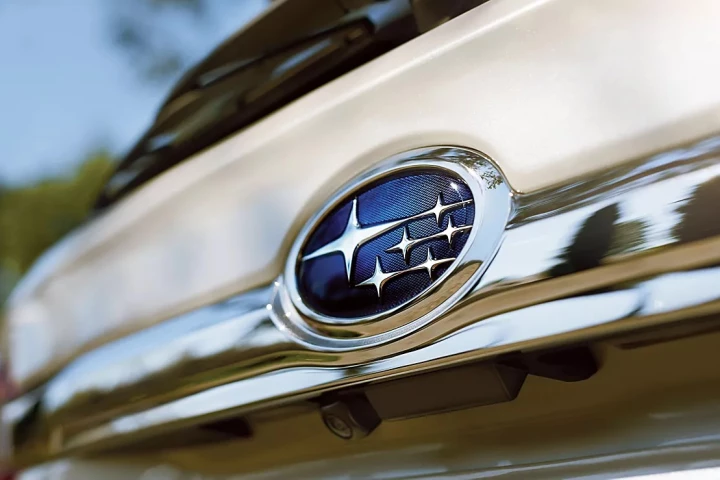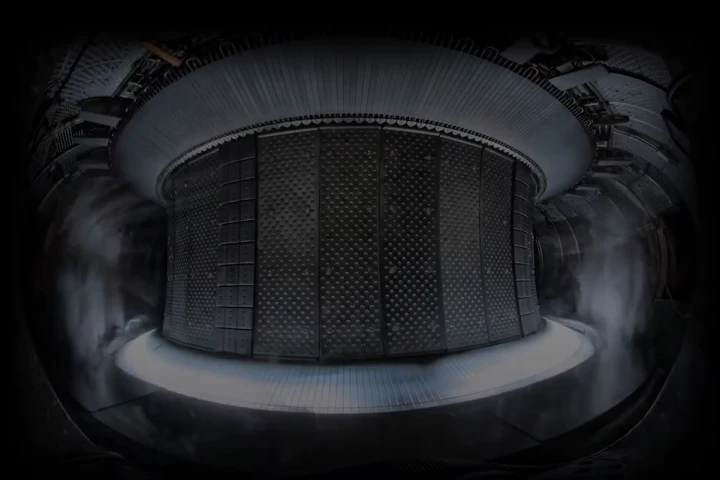British campervan and tiny house enthusiast Jack Richens from This Moving House has recently converted a Mercedes Benz Sprinter 316 into a stunning mobile home. Following the success of his Culinatour Van, this new conversion is jam-packed with space-saving features. Dubbed Jubel Explorer, the bespoke campervan boasts an interior design that was inspired from boat building techniques and maritime themes. The added bonus of this specific conversion is its creative stacked pod beds, allowing the mobile home to sleep up to four adults comfortably.
"The styling of the interior takes quite a few cues from watercraft and other nautical themes," Richens tells New Atlas. "The overall color scheme and furnishings of this van is the best yet. It's come together so nicely and we're all really impressed with how well the various elements of paint schemes, fabrics and wood finished complemented one another."

Richens chose to convert the Mercedes Benz Sprinter 316 for its overall space, reliability and the possibility to achieve his desired modifications. He was able to create an interior living space of 14 sq m (150 sq ft), from the workable rear of the van which measured 4.4 m (14.4 ft) long and 1.7 m (5.6 ft) wide.
"I've been driving Sprinters for many years and found them to be very reliable and well documented vehicles," says Richens. "Some of the other commercial vehicle manufacturers keep the details of parts and systems confidential which can make modification work very hard. Mercedes seems to be a bit more open with its documentation. Also, Sprinters look really quite nice. They've put some effort into the aesthetics of the bodywork."
Stepping inside the Jubel Explorer, the mobile home is stylish, comfortable and packed with all the desired features for traveling. Keeping the color schemes fresh, the camper is filled with light and space, while the vertical matchboard styling is a classic interior design trick to give the illusion of additional headroom.
"By keeping the roof curved and avoiding edges and storage above elbow height the interior space flows and opens up," Richens explains. "A lot of campervans use storage lockers at head height which really encroaches on space, great if that's what you need. But we try to keep the top of the conversion clear and develop storage space low down to maintain the open area of the van."

The complete conversion boasts a fixed double bed at the rear of the van; two elevated sleeping pods which can accommodate adults as well as kids; a mini kitchen with LPG double stove top, custom made light weight basin and 50 liter (13 gal) fridge; 12 V electrics throughout; 110 Ah battery and charging systems; 240 V electrical hook up; 80 liter (21 gal) of freshwater tanks; Eberspacher diesel heater; porta-potti toilet; removable rear passenger seat and swivel captains seats in the front cab; plus an abundance of storage space throughout the van. Furthermore, the front seats of the van swivel 180 degrees to face the passenger seats, where a pop up table creates a casual dining area or workspace.

The fixed beds are the standout feature of the van. As there is no need to set them up or fold them away, the bunks can double as private spaces for the kids to play. The main bed can also be used as a large, comfy lounge or retreat area during the day.
"The layout of the sleeping area was inspired by old inland watercraft that you would find in England, they used a lot of smart space saving techniques and we adopted some of those to create the stacked bed bunks," says Richens. "Each area feels separate and you do get the impression that you're in a small apartment with an element of privacy in each, which is unusual for a campervan."

To maximize storage space, Richens included large slide out drawers beneath the bed, in addition to a pair of drawers that slide out from the front of the van for extra storage. More storage can also be found under the steps and beneath the porta-potti toilet.
The Jubel Explorer took four months to complete, with the total conversion costing £24,000 (about US$ 31,385) to build. It was commissioned for a family of four who are currently traveling around Europe in it in true van life style.
Source: This Moving House














































